Setting the right rental rates for your property is crucial for its profitability and success. The rental rates you establish will directly impact your property’s cash flow and overall return on investment. Additionally, the rental rates you charge can also affect tenant retention, as tenants are more likely to stay in a property that offers fair and competitive rates.
When setting rental rates, it is important to strike a balance between maximizing your income and attracting and retaining quality tenants. Charging too high of a rental rate may result in longer vacancy periods and difficulty finding tenants, while charging too low of a rate may leave money on the table and potentially attract less desirable tenants.
Step 1: Conducting a Thorough Market Analysis
Before setting rental rates, it is essential to conduct a thorough market analysis. This analysis will help you understand the current rental market trends and determine the appropriate rental rates for your property.
To conduct a market analysis, start by researching similar properties in your area that are currently available for rent. Look at their rental rates, amenities, location, and condition. This will give you an idea of what other landlords are charging for similar properties.
Additionally, consider factors such as the local economy, job market, and demand for rental properties in your area. These factors can influence the rental rates you should set.
Step 2: Identifying Your Property’s Unique Selling Points
Identifying your property’s unique selling points is crucial when setting rental rates. These selling points are the features or characteristics that make your property stand out from others in the market.
To identify your property’s unique selling points, consider its location, amenities, size, condition, and any special features it may have. For example, if your property is located in a desirable neighborhood with access to parks, schools, and shopping centers, this can be a strong selling point.
By highlighting these unique selling points, you can justify charging higher rental rates and attract tenants who are willing to pay a premium for the added value your property offers.
Step 3: Understanding Your Target Tenant Demographic
Understanding your target tenant demographic is essential when setting rental rates. Different types of tenants have different budgets and preferences, so it is important to tailor your rental rates to attract your desired tenant demographic.
To identify your target tenant demographic, consider factors such as age, income level, lifestyle, and preferences. For example, if you are targeting young professionals, you may want to offer competitive rental rates and amenities that cater to their needs, such as a fitness center or co-working space.
By understanding your target tenant demographic, you can set rental rates that are attractive to them and ensure a higher likelihood of tenant retention.
Step 4: Evaluating Your Property’s Condition and Amenities
The condition and amenities of your property play a significant role in determining the rental rates you can charge. A well-maintained property with desirable amenities will command higher rental rates compared to a property in poor condition with limited amenities.
When evaluating your property’s condition, consider factors such as the age of the property, the quality of its construction, and any recent renovations or upgrades. Additionally, assess the amenities your property offers, such as parking, laundry facilities, or a swimming pool.
By accurately evaluating your property’s condition and amenities, you can set rental rates that reflect its value in the market.
Step 5: Analyzing Your Competitors’ Rental Rates
Analyzing your competitors’ rental rates is an important step in setting your own rental rates. By understanding what other landlords are charging for similar properties in your area, you can ensure that your rates are competitive and attractive to potential tenants.
To analyze your competitors’ rental rates, research properties that are similar to yours in terms of size, location, and amenities. Look at their advertised rental rates and compare them to your property. If your rates are significantly higher, you may need to justify the premium by highlighting your property’s unique selling points.
Conversely, if your rates are significantly lower, you may want to consider increasing them to maximize your income and avoid attracting tenants who may not be willing to pay higher rates in the future.
Step 6: Calculating Your Property’s Operating Expenses
Calculating your property’s operating expenses is crucial when setting rental rates. By understanding the costs associated with owning and maintaining your property, you can ensure that your rental rates cover these expenses and leave room for profit.
When calculating your property’s operating expenses, consider factors such as property taxes, insurance, maintenance and repairs, utilities, and property management fees. Additionally, factor in any mortgage payments or financing costs if applicable.
By accurately calculating your property’s operating expenses, you can set rental rates that not only cover these costs but also provide a reasonable profit margin.
Step 7: Determining Your Desired Profit Margin
Determining your desired profit margin is an important step in setting rental rates. This margin represents the amount of profit you want to make from your rental property after covering all expenses.
To determine your desired profit margin, consider factors such as the return on investment you expect from your property and the level of risk you are willing to take. Additionally, assess the current market conditions and the rental rates charged by similar properties in your area.
By determining your desired profit margin, you can set rental rates that align with your financial goals and ensure a healthy return on investment.
Step 8: Factoring in Seasonal and Market Fluctuations
When setting rental rates, it is important to factor in seasonal and market fluctuations. Rental demand and market conditions can vary throughout the year, so adjusting your rates accordingly can help maximize your income and minimize vacancy periods.
To factor in seasonal and market fluctuations, consider factors such as peak rental seasons, local events or festivals that may attract temporary residents, and any changes in the local economy or job market. Additionally, monitor the rental market regularly to stay informed about any shifts in demand or rental rates.
By adjusting your rental rates based on seasonal and market fluctuations, you can ensure that your property remains competitive and attractive to potential tenants.
Step 9: Adjusting Rental Rates Based on Tenant Feedback
Adjusting rental rates based on tenant feedback is an important practice to ensure tenant satisfaction and retention. By listening to your tenants’ concerns and considering their feedback, you can make informed decisions about adjusting your rental rates.
To gather tenant feedback, consider conducting surveys or holding regular meetings with your tenants to discuss their experiences and any issues they may have. Additionally, encourage open communication and address any concerns promptly.
By adjusting rental rates based on tenant feedback, you can demonstrate that you value your tenants’ opinions and are committed to providing a fair and satisfactory living experience.
The Benefits of a Comprehensive Approach to Setting Rental Rates
In conclusion, setting the right rental rates for your property is crucial for its profitability and success. By following a comprehensive approach that includes conducting a thorough market analysis, identifying unique selling points, understanding your target tenant demographic, evaluating your property’s condition and amenities, analyzing your competitors’ rental rates, calculating your property’s operating expenses, determining your desired profit margin, factoring in seasonal and market fluctuations, and adjusting rental rates based on tenant feedback, you can ensure that your rental rates are competitive, attractive to potential tenants, and aligned with your financial goals.
Taking the time to carefully set rental rates can lead to higher occupancy rates, increased cash flow, and improved tenant retention. By understanding the market dynamics, knowing your property’s unique selling points, catering to your target tenant demographic, maintaining your property’s condition and amenities, staying informed about your competitors’ rates, accurately calculating your expenses, determining your desired profit margin, considering seasonal and market fluctuations, and valuing tenant feedback, you can maximize the profitability of your rental property and create a positive living experience for your tenants.






